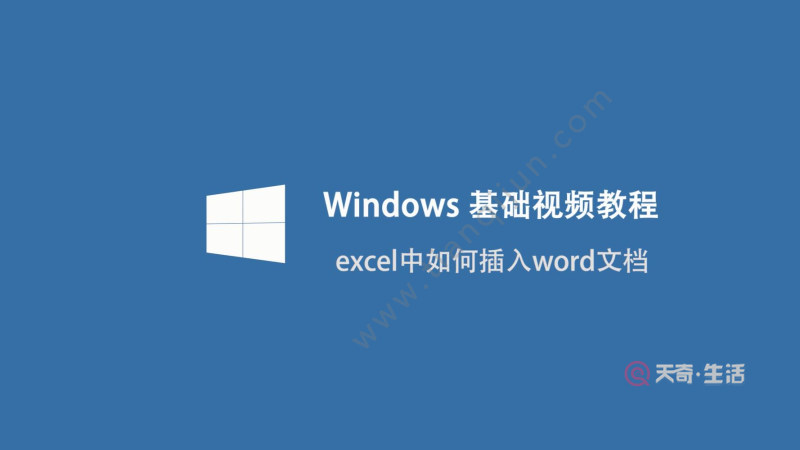HttpClient使用管道流提交Multipart请求
HttpClient 是JDK11提供的一个全新HTTP客户端Api,超级好用。
Multipart 请求
HttpClient 并没有提供 Multipart 请求体的构建Api。但是可以使用apache的开源httpmime库来进行构建。
org.apache.httpcomponents
httpmime
4.5.13
构建一个 MultipartBody
// 构建Multipart请求
HttpEntity httpEntity = MultipartEntityBuilder.create()
// 表单数据
.addPart("name", new StringBody(UriUtils.encode("SpringBoot中文社区", StandardCharsets.UTF_8), ContentType.APPLICATION_FORM_URLENCODED))
// JSON数据
.addPart("info", new StringBody("{\"site\": \"https://springboot.io\", \"now\": 2021}", ContentType.APPLICATION_JSON))
// 文件数据
.addBinaryBody("file", file, ContentType.APPLICATION_OCTET_STREAM, "eclipse-jee-2019-12-R-win32-x86_64.zip")
.build();
ByteArrayOutputStream byteArrayOutputStream = new ByteArrayOutputStream((int) httpEntity.getContentLength());
// 把body写入到内存
httpEntity.writeTo(byteArrayOutputStream);
Multipart 请求可以一次性post多个子body,通常用来上传本地磁盘上的文件。所以这种请求体可能会异常庞大。甚至内存不能完整的存入整个请求体。那么这个时候有2种办法可以解决。
- 先把构建好的Body数据写入到磁盘,再通过IO磁盘数据,提交给服务器
- 使用管道流,在读取磁盘数据进行body构建的时候,直接通过管道提交到远程服务器
// 创建读取流
PipedInputStream pipedInputStream = new PipedInputStream();
// 创建写入流
PipedOutputStream pipedOutputStream = new PipedOutputStream();
// 连接写入和读取流
pipedInputStream.connect(pipedOutputStream);
通过往
pipedOutputStream写入数据,就可以在pipedInputStream 读取。不能使用单线程既读又写,因为读写都是阻塞方法。任何一方阻塞住了了,另一方就会一直处于等待状态,导致死锁
完整Demo 客户端
package io.springcloud.test;
import java.io.IOException;
import java.io.InputStream;
import java.io.PipedInputStream;
import java.io.PipedOutputStream;
import java.net.URI;
import java.net.http.HttpClient;
import java.net.http.HttpRequest;
import java.net.http.HttpRequest.BodyPublishers;
import java.net.http.HttpResponse;
import java.net.http.HttpResponse.BodyHandlers;
import java.nio.charset.StandardCharsets;
import java.nio.file.Files;
import java.nio.file.Paths;
import org.apache.http.HttpEntity;
import org.apache.http.entity.ContentType;
import org.apache.http.entity.mime.MultipartEntityBuilder;
import org.apache.http.entity.mime.content.StringBody;
import org.springframework.web.util.UriUtils;
public class MainTest {public static void main(String[] args) throws Exception {// 管道流
PipedInputStream pipedInputStream = new PipedInputStream();
PipedOutputStream pipedOutputStream = new PipedOutputStream();
pipedInputStream.connect(pipedOutputStream);
// 本地文件
InputStream file =Files.newInputStream(Paths.get("D:\\eclipse-jee-2019-12-R-win32-x86_64.zip"));
// 构建Multipart请求
HttpEntity httpEntity = MultipartEntityBuilder.create()
// 表单数据
.addPart("name", new StringBody(UriUtils.encode("SpringBoot中文社区", StandardCharsets.UTF_8), ContentType.APPLICATION_FORM_URLENCODED))
// JSON数据
.addPart("info", new StringBody("{\"site\": \"https://springboot.io\", \"now\": 2021}", ContentType.APPLICATION_JSON))
// 文件数据
.addBinaryBody("file", file, ContentType.APPLICATION_OCTET_STREAM, "eclipse-jee-2019-12-R-win32-x86_64.zip")
.build();
// 异步写入数据到管道流
new Thread(() -> {
try (file;
pipedOutputStream){
httpEntity.writeTo(pipedOutputStream);
} catch (IOException e) {
e.printStackTrace();
}
}).start();
HttpClient httpClient = HttpClient.newHttpClient();
try (pipedInputStream){
// 创建请求和请求体
HttpRequest request = HttpRequest
.newBuilder(new URI("http://localhost/upload"))
// 设置ContentType
.header("Content-Type", httpEntity.getContentType().getValue())
.header("Accept", "text/plain")
// 从管道流读取数据,提交给服务器
.POST(BodyPublishers.ofInputStream(() -> pipedInputStream))
.build();
// 执行请求,获取响应
HttpResponse responseBody = httpClient.send(request, BodyHandlers.ofString(StandardCharsets.UTF_8));
System.out.println(responseBody.body());
}
}
}服务端
package io.springcloud.web.controller;
import java.nio.charset.StandardCharsets;
import org.slf4j.Logger;
import org.slf4j.LoggerFactory;
import org.springframework.http.ResponseEntity;
import org.springframework.web.bind.annotation.PostMapping;
import org.springframework.web.bind.annotation.RequestMapping;
import org.springframework.web.bind.annotation.RequestPart;
import org.springframework.web.bind.annotation.RestController;
import org.springframework.web.multipart.MultipartFile;
import org.springframework.web.util.UriUtils;
import com.google.gson.JsonObject;
@RestController
@RequestMapping("/upload")
public class UploadController {private static final Logger LOGGER = LoggerFactory.getLogger(UploadController.class);
@PostMapping
public Object upload (@RequestPart("file") MultipartFile file,
@RequestPart("info") JsonObject info,
@RequestPart("name") String name) {LOGGER.info("file: name={}, size={}", file.getOriginalFilename(), file.getSize());
LOGGER.info("info: {}", info.toString());
LOGGER.info("name: {}", UriUtils.decode(name, StandardCharsets.UTF_8));
return ResponseEntity.ok("success");
}
}启动服务端后,执行客户端请求,服务端日志输出
2021-09-24 13:38:15.067INFO 2660 --- [XNIO-1 task-1] i.s.web.controller.UploadController: file: name=eclipse-jee-2019-12-R-win32-x86_64.zip, size=369653147
2021-09-24 13:38:15.067INFO 2660 --- [XNIO-1 task-1] i.s.web.controller.UploadController: info: {"site":"https://springboot.io","now":2021}
2021-09-24 13:38:15.067INFO 2660 --- [XNIO-1 task-1] i.s.web.controller.UploadController: name: SpringBoot中文社区【HttpClient使用管道流提交Multipart请求】首发:https://springboot.io/t/topic...
推荐阅读
- 由浅入深理解AOP
- 【译】20个更有效地使用谷歌搜索的技巧
- mybatisplus如何在xml的连表查询中使用queryWrapper
- MybatisPlus|MybatisPlus LambdaQueryWrapper使用int默认值的坑及解决
- MybatisPlus使用queryWrapper如何实现复杂查询
- iOS中的Block
- Linux下面如何查看tomcat已经使用多少线程
- 使用composer自动加载类文件
- angular2内置管道
- android|android studio中ndk的使用











